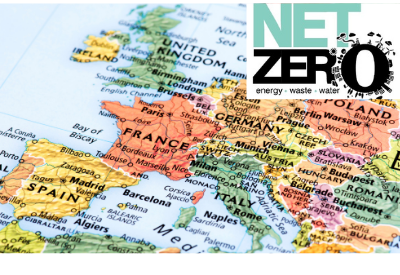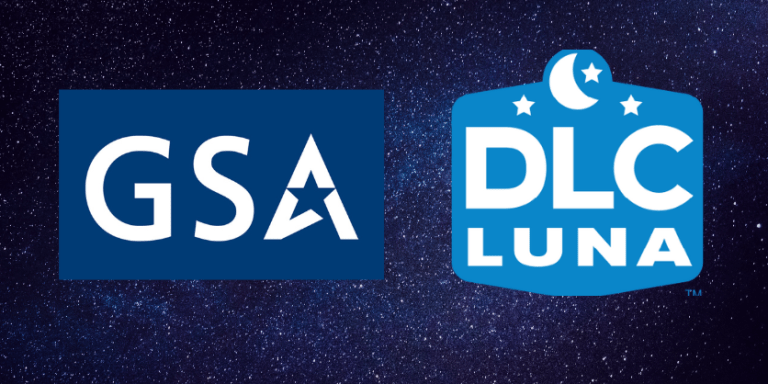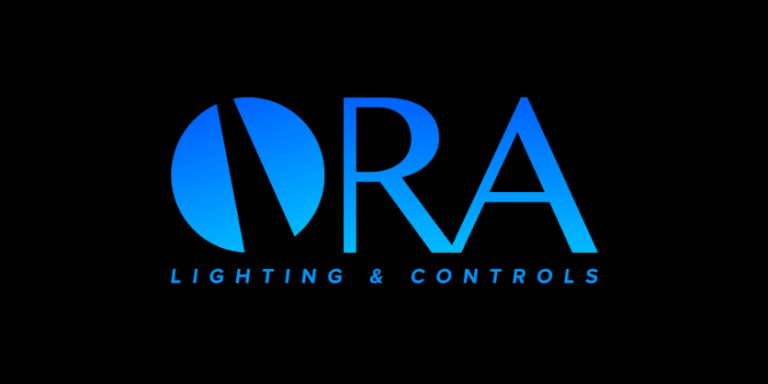List of European Companies to Reach Net-Zero by 2050 Grows

October 9, 2021
 According to a new study by Accenture, corporate commitments to net-zero accelerated over the last two years, with almost one-third (30%) of Europe’s largest listed companies pledging to reach net-zero by 2050.
According to a new study by Accenture, corporate commitments to net-zero accelerated over the last two years, with almost one-third (30%) of Europe’s largest listed companies pledging to reach net-zero by 2050.
The Accenture study, “Reaching Net Zero by 2050,” analyzed data from more than 1,000 listed companies across Europe’s major stock indices, finding that setting targets helps accelerate the transition to net-zero — where a company reduces its emissions of CO2 and other greenhouse gases (GHG) to zero or offsets the remainder to achieve a balance between the amount of GHG emissions produced and the amount removed from the atmosphere. In the last decade, companies with a net-zero goal reduced their emissions by 10% on average, while those companies without targets saw their emissions increase.
Companies listed in the U.K. were the most likely to have set a net-zero target date, covering scope 1, 2, and 3 emissions*, with 37% having done so, compared with 27% in Germany and 18% in France.
The average net-zero target year for European companies included in the study is 2043. Many companies in carbon-intensive industries — such as oil and gas and chemicals — have set net-zero target dates of or close to 2050, while many in service sectors aim for 2035.
“The European business community is more engaged than ever in the race to zero, with the number of companies publicly setting goals having grown over the last two years,” said Jean-Marc Ollagnier, CEO of Accenture in Europe. “And as our study shows, the targets work. Net zero should be managed as any strategic business priority: set clear objectives to drive the entire organization to the same direction, and monitor progress to correct the trajectory as appropriate. Making targets public also helps create the required collective momentum, as companies can’t solve it alone.”
This year has been challenging, however, with only 5% of companies on track to meet their targets. The study found that 1 in 20 (5%) of the European companies in the study are keeping up with their net-zero target dates, covering scope 1 and 2 emissions, if they continue the pace of emissions reduction that they achieved between 2010 and 2019. That means only 9% are on course to meet the 2050 target. Companies that have achieved modest emissions reduction since 2010 — 0-5% reduction per year — can still reach net-zero in their operations before mid-century if they double the pace of emissions reduction by 2030 and then triple it by 2040. That’s a tall order.
“Though the number of newly set targets is reassuring, it is still clear that organizations are not moving fast enough,” said Peter Lacy Accenture’s Chief Responsibility Officer and Sustainability Services global lead. “With COP26 just a few weeks away, businesses and governments across all parts of the world need to focus their efforts on concrete action that follows robust targets to meet the challenge our world faces to reach net zero by mid-century and hold global warming to 1.5°C.”
The report suggests specific solutions and stepping stones to net zero for select industries, including automotive, chemicals, construction, finance, retail, and transportation. It also reveals seven industries — mostly in service sectors such as professional services and information and communications — that will be on track for net-zero in their operations by 2050 if they double the pace of emissions reduction in this decade, and then accelerate another 50% to 70% in the following 10 years. More radical acceleration will be needed for five sectors representing 42% of GHG emitted by all companies in the research sample — automotive, construction, manufacturing, oil & gas, and transportation & storage — to reach net-zero by mid-century.
“Net-zero by 2050 — let alone sooner — will be feasible only with swift, decisive action in this decade. Our findings show that it is possible, but only if European businesses act now,” Ollagnier said. “Solutions differ by industry and company, and all have different starting points, opportunities, and challenges. In some industries, the required technologies are available and will need to be scaled at speed. In others, they will have to be invented. However, getting there will require all businesses to make reinvention the norm, driven by technological innovation, collaboration, new business models and supportive regulation.”
* Scope 1 emissions are GHG direct emissions from companies’ own and controlled resources. Scope 2 covers indirect emissions from the generation of purchased energy — i.e., purchased electricity, steam, heating and cooling consumed by the reporting company. Scope 3 includes all other indirect emissions that occur in a company’s value chain.







